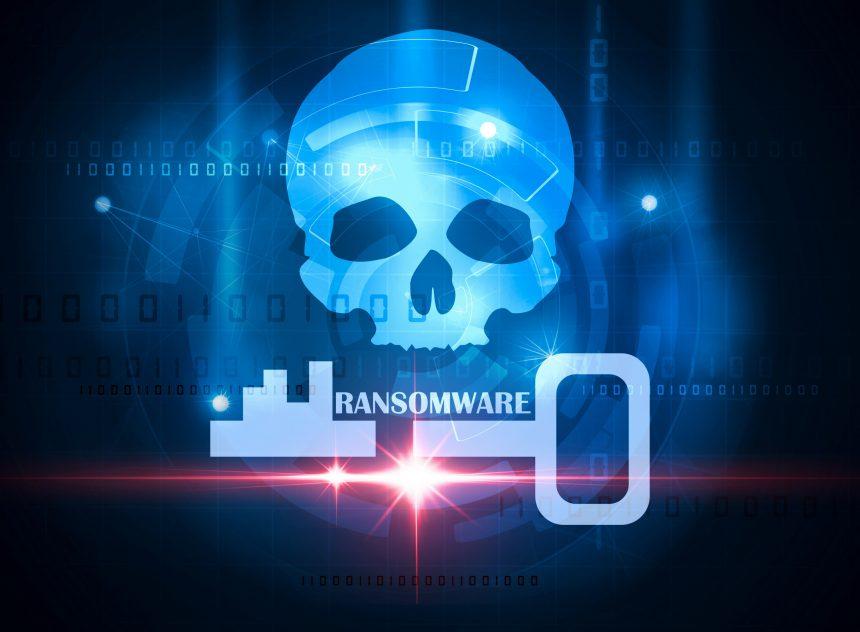Ransomware remains one of the most destructive and costly cyber threats today, and one such notorious strain is Bbuild. Discovered as part of the MedusaLocker family, Bbuild encrypts victims’ files and demands a ransom in exchange for decryption. The virus exploits vulnerabilities to infect networks, causing significant damage to businesses and individuals alike. This article delves into the specifics of Bbuild ransomware, its impact, how it spreads, and provides a comprehensive removal guide using SpyHunter, along with effective preventive measures to avoid future infections.
What is Bbuild Ransomware?
Bbuild is a file-encrypting ransomware that is part of the MedusaLocker family. Upon infection, Bbuild encrypts various file types and appends the “.bbuild” extension to the affected files, rendering them unusable. Victims will notice that their files are no longer accessible, and when attempting to open them, they will be met with a ransom note demanding payment.
Remove annoying malware threats like this one in seconds!
Scan Your Computer for Free with SpyHunter
Download SpyHunter now, and scan your computer for this and other cybersecurity threats for free!
Bbuild shares common characteristics with other ransomware strains, including encrypting files using advanced cryptographic algorithms, such as RSA and AES encryption. It also includes a ransom note named “HOW_TO_RECOVER_DATA.html”, which provides the attackers’ contact information and instructions for payment.
How Does Bbuild Ransomware Spread?
Ransomware like Bbuild often spreads through several vectors, primarily malicious email attachments, infected websites, malicious advertisements, and torrent files. These methods deceive users into opening infected files or visiting compromised sites that contain exploit kits designed to deploy the ransomware.
Once the malware is executed, it begins encrypting files across the network. It specifically targets important data such as documents, images, and videos, with file extensions like “.jpg”, “.png”, and “.docx” being particularly affected. Bbuild’s creators also use social engineering tactics to trick users into believing that paying the ransom is the only way to recover their files.
Understanding the Bbuild Ransom Note
After encrypting the files, Bbuild generates a ransom note on the infected system. The note typically includes the following details:
- Personal ID: A unique identifier for the victim, allowing attackers to track the ransom payment.
- Network Penetration Notice: The note claims the victim’s network has been compromised, and files are now encrypted using RSA and AES encryption.
- Irreversible File Corruption Warning: The attackers threaten that using third-party software to decrypt the files will result in permanent corruption.
- Data Theft Threat: The attackers claim to have stolen confidential or personal data, which will be sold or released publicly if the ransom is not paid.
- Payment Instructions: Payment is usually requested in cryptocurrency, such as Bitcoin, with the option to contact the attackers through Tor or temporary email accounts like ProtonMail.
One of the key aspects of the Bbuild ransom note is its time sensitivity. Attackers demand that the victim contacts them within 72 hours to avoid a price increase. The decryption software is provided via a Tor-based .onion link, ensuring anonymity for the attackers. The note even offers to decrypt 2-3 non-essential files for free to prove the attackers’ ability to restore the victim’s data.
What Should You Do if You Are Infected by Bbuild Ransomware?
If you find yourself the victim of a Bbuild ransomware attack, your first instinct may be to pay the ransom. However, this is not recommended, as there is no guarantee that the attackers will provide the decryption key once payment is made. Here are the steps you should follow:
- Do Not Pay the Ransom: Paying cybercriminals does not guarantee that your files will be decrypted, and it only fuels further criminal activities.
- Disconnect from the Network: Immediately disconnect the infected system from the internet and any local networks to prevent further encryption of files.
- Contact Authorities: Report the attack to local law enforcement agencies or cybercrime units for investigation.
- Restore from Backup: If you have a backup of your files, restore them from a clean, unaffected device.
- Remove the Malware: Use reliable anti-malware software to remove the ransomware from the infected system.
- Seek Professional Help: If the ransomware proves difficult to remove or if you have suffered a large-scale attack, consider consulting with cybersecurity experts.
How to Remove Bbuild Ransomware?
One of the most effective ways to remove Bbuild ransomware and its components from your system is by using SpyHunter, a robust anti-malware tool that is designed to identify, quarantine, and remove malware.
Follow these steps to remove Bbuild ransomware using SpyHunter:
- Download and Install SpyHunter:
- Download the latest version of the software.
- Follow the installation instructions and launch the program once it’s installed.
- Run a Full System Scan:
- In SpyHunter, choose the option to run a full system scan. This scan will search for all traces of malware, including ransomware like Bbuild.
- Allow the program to scan your system thoroughly, which may take some time depending on the number of files on your computer.
- Quarantine Detected Threats:
- Once the scan is complete, SpyHunter will display a list of threats detected on your system.
- Review the list and select the threats related to Bbuild ransomware. Choose to quarantine them to prevent further damage.
- Remove the Threats: After quarantine, choose the option to remove the detected threats. SpyHunter will delete the Bbuild ransomware and any associated files.
- Restart Your Computer: Once the removal process is complete, restart your computer to ensure that all components of the malware are eliminated.
- Perform a Backup: After ensuring that the ransomware has been removed, perform a backup of your critical files. Ensure that your backup system is secure and offline to prevent future ransomware attacks.
Preventive Measures to Avoid Bbuild and Other Ransomware
While removing the ransomware is critical, the most effective strategy is to prevent infections from occurring in the first place. Here are some key preventive measures:
- Regular Backups: Regularly back up your files to an offline device or cloud storage. This ensures that you have access to your files even if a ransomware attack occurs.
- Use Strong, Updated Security Software: Install a comprehensive antivirus or anti-malware tool that can detect and block ransomware. Keep the software updated to guard against the latest threats.
- Enable Email Filters: Set up email filters to detect suspicious attachments or links. Avoid opening attachments from unknown senders.
- Be Cautious of Downloading Files: Download software only from official websites. Avoid pirated software, cracks, or keygens, as they often carry hidden malware.
- Security Awareness Training: Educate your employees or family members about safe internet practices, including recognizing phishing attempts and avoiding suspicious websites.
- Use Network Segmentation: If you’re running a business, segment your network to limit the spread of ransomware if an infection occurs.
- Disable Macros in Office Documents: Many ransomware strains are delivered through macros in Office documents. Disable macros by default and only enable them when you are certain the document is safe.
Conclusion
Bbuild ransomware is a potent and dangerous threat that can wreak havoc on individuals and businesses alike. While paying the ransom may seem like an easy way out, there is no guarantee that it will result in data recovery. Instead, it’s essential to use reliable security tools like SpyHunter to remove the malware and employ preventive measures to safeguard against future attacks. Stay vigilant and always back up your files to ensure that ransomware does not put your data at risk.





